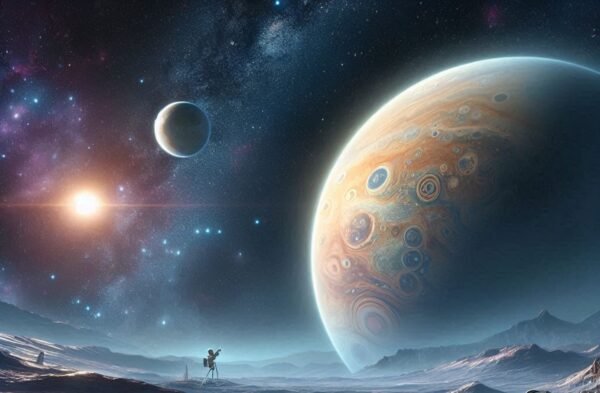Scientists find promising hints of life on distant planet K2-18b

Astronomers from the University of Cambridge, using the James Webb Space Telescope (JWST), have detected chemical signatures in the atmosphere of exoplanet K2-18b that may indicate the presence of life.
The molecules identified—dimethyl sulfide (DMS) and dimethyl disulfide (DMDS)—are, on Earth, produced only by living organisms, primarily marine phytoplankton and certain microbes.
This is considered the strongest evidence yet for possible life outside our solar system, as no other known natural (non-biological) process produces DMS on Earth.
K2-18b is located about 120–124 light-years from Earth and orbits within the habitable zone of its star, where conditions could allow for liquid water—an essential ingredient for life as we know it.
The research suggests K2-18b may be an “ocean world,” potentially covered by a warm, life-supporting ocean.
The findings are still tentative. Scientists emphasize the need for further verification to rule out non-biological sources for these molecules.
The probability that the findings are a statistical fluke is about 0.3%, which is promising but not yet sufficient for a definitive scientific claim.
Dr. Nikku Madhusudhan, who leads the research, has stated that while these results are a major step forward, it is too soon to claim the discovery of extraterrestrial life. More data and analysis are required to confirm the biological origin of these molecules.
| Feature | Details |
|---|---|
| Planet | K2-18b |
| Distance from Earth | 120–124 light-years |
| Detection Method | Atmospheric spectroscopy with JWST |
| Key Molecules Detected | Dimethyl sulfide (DMS), Dimethyl disulfide (DMDS) |
| Known Source on Earth | Only produced by living organisms (marine phytoplankton, microbes) |
| Scientific Status | Strongest hint yet, but not confirmed; further study ongoing |
| Lead Scientist | Dr. Nikku Madhusudhan, University of Cambridge |

